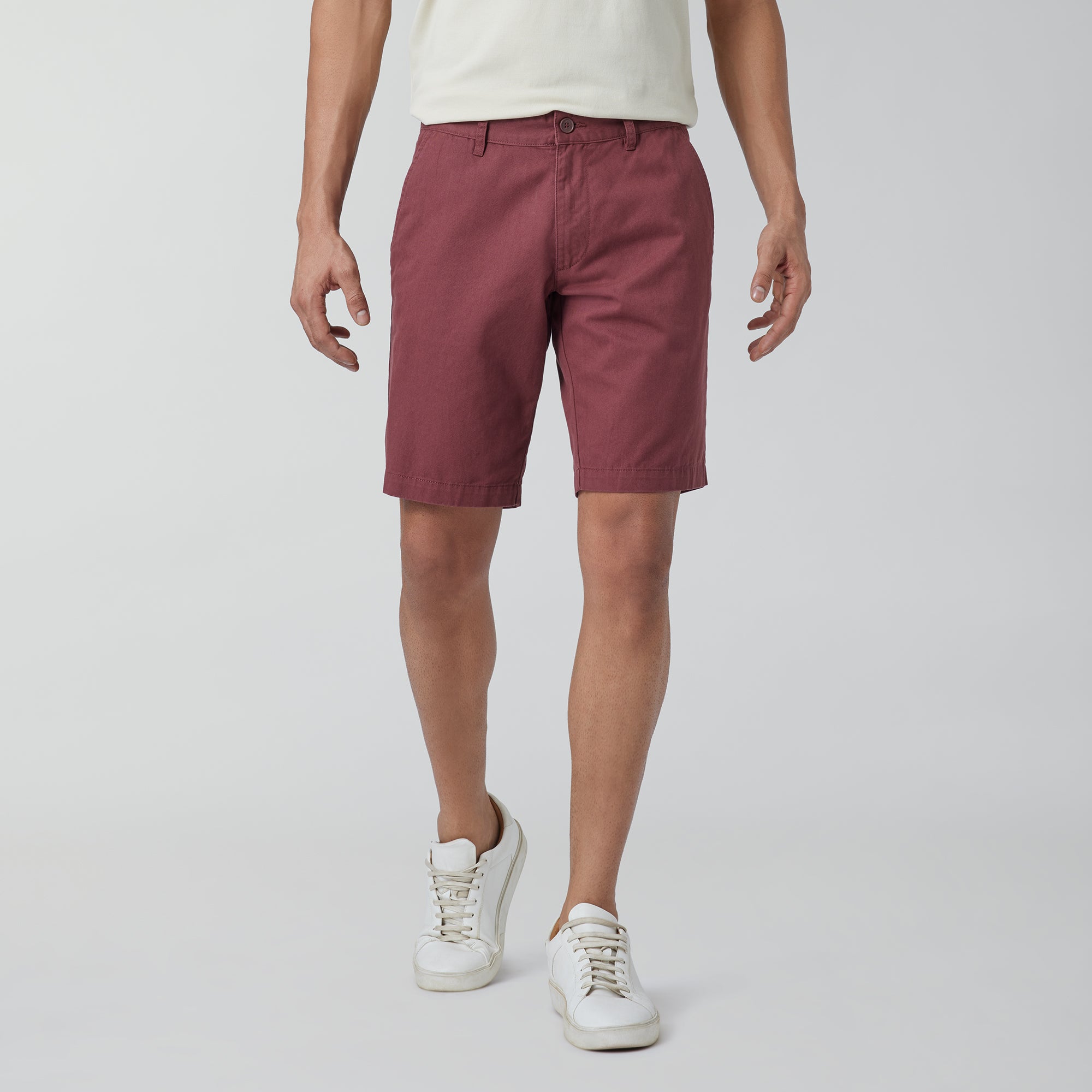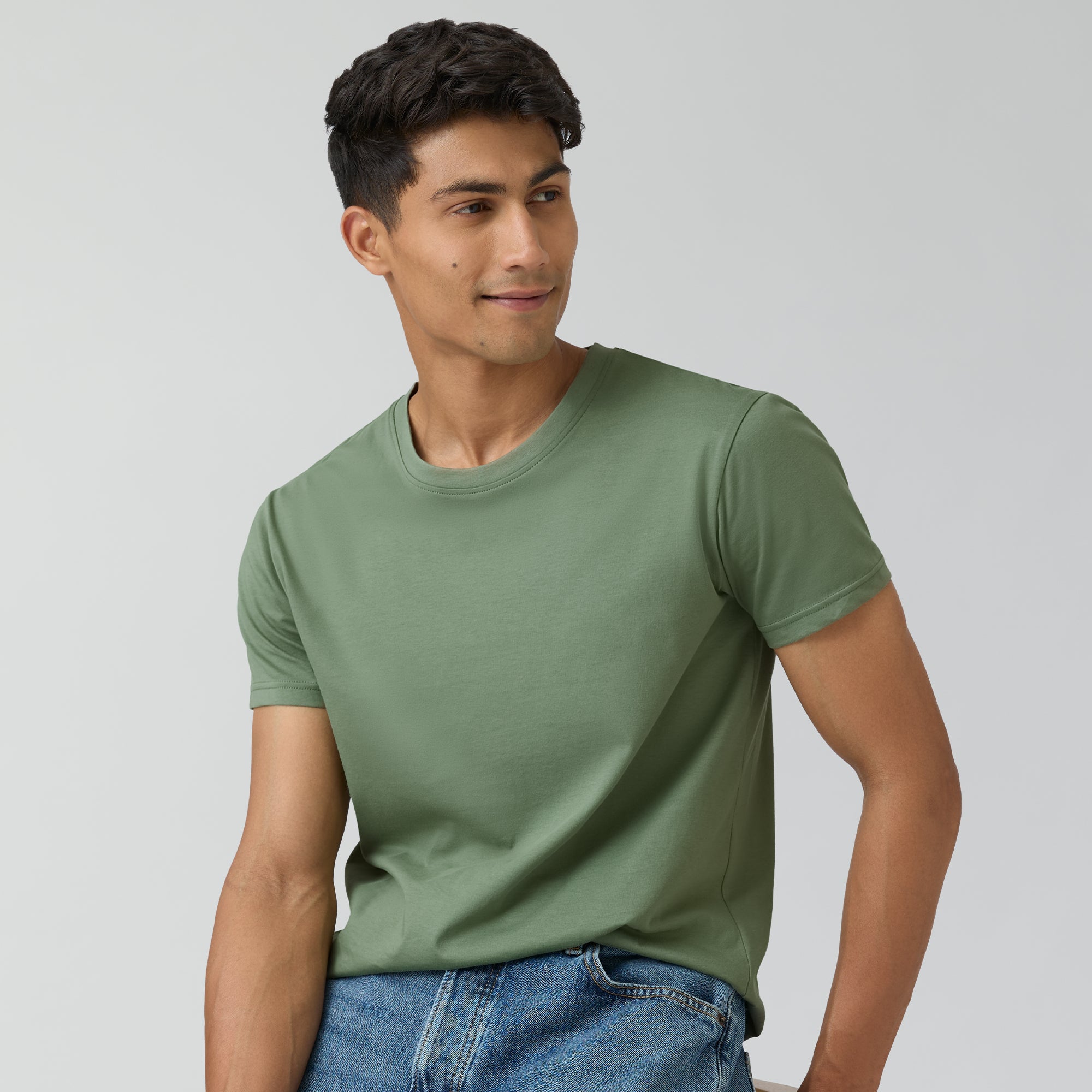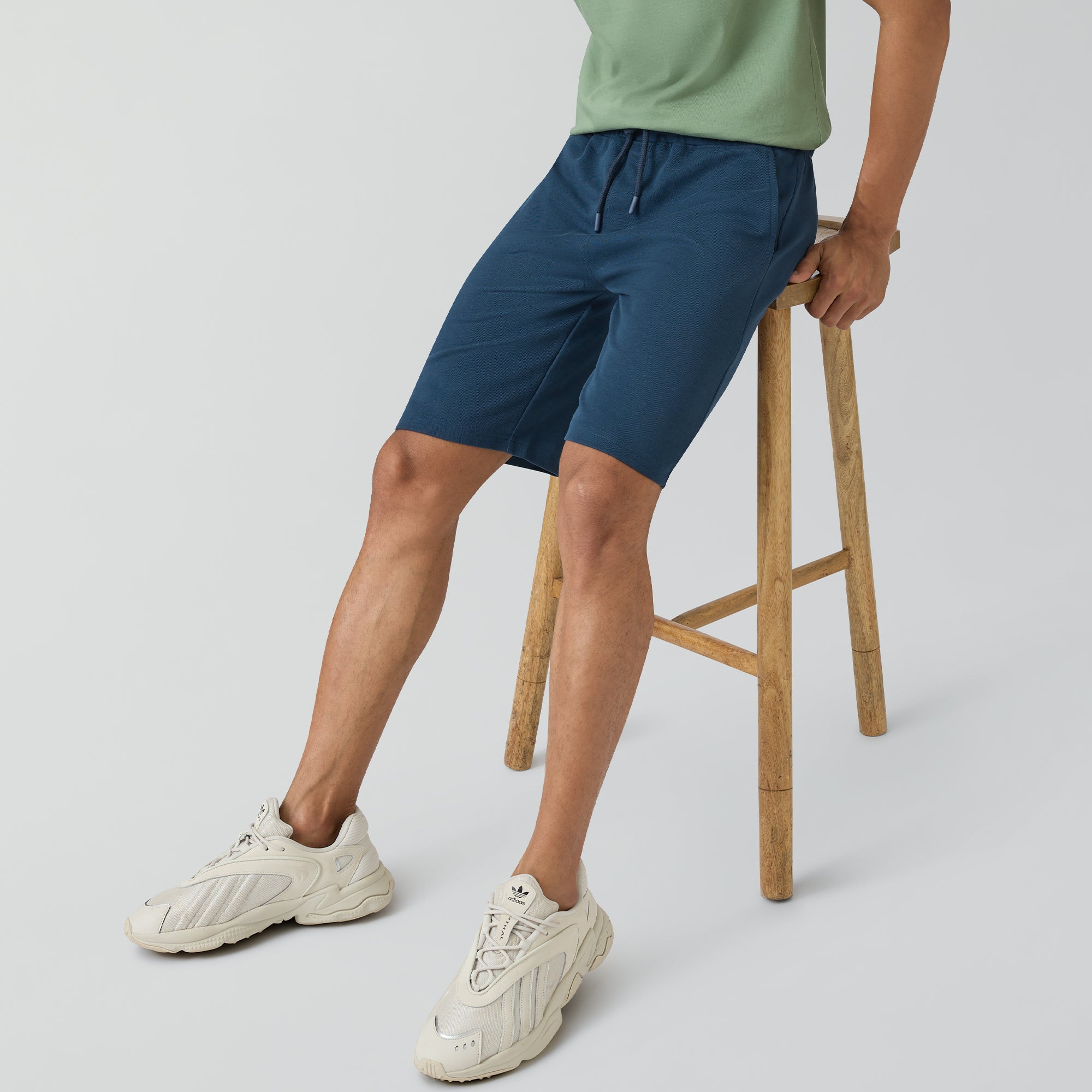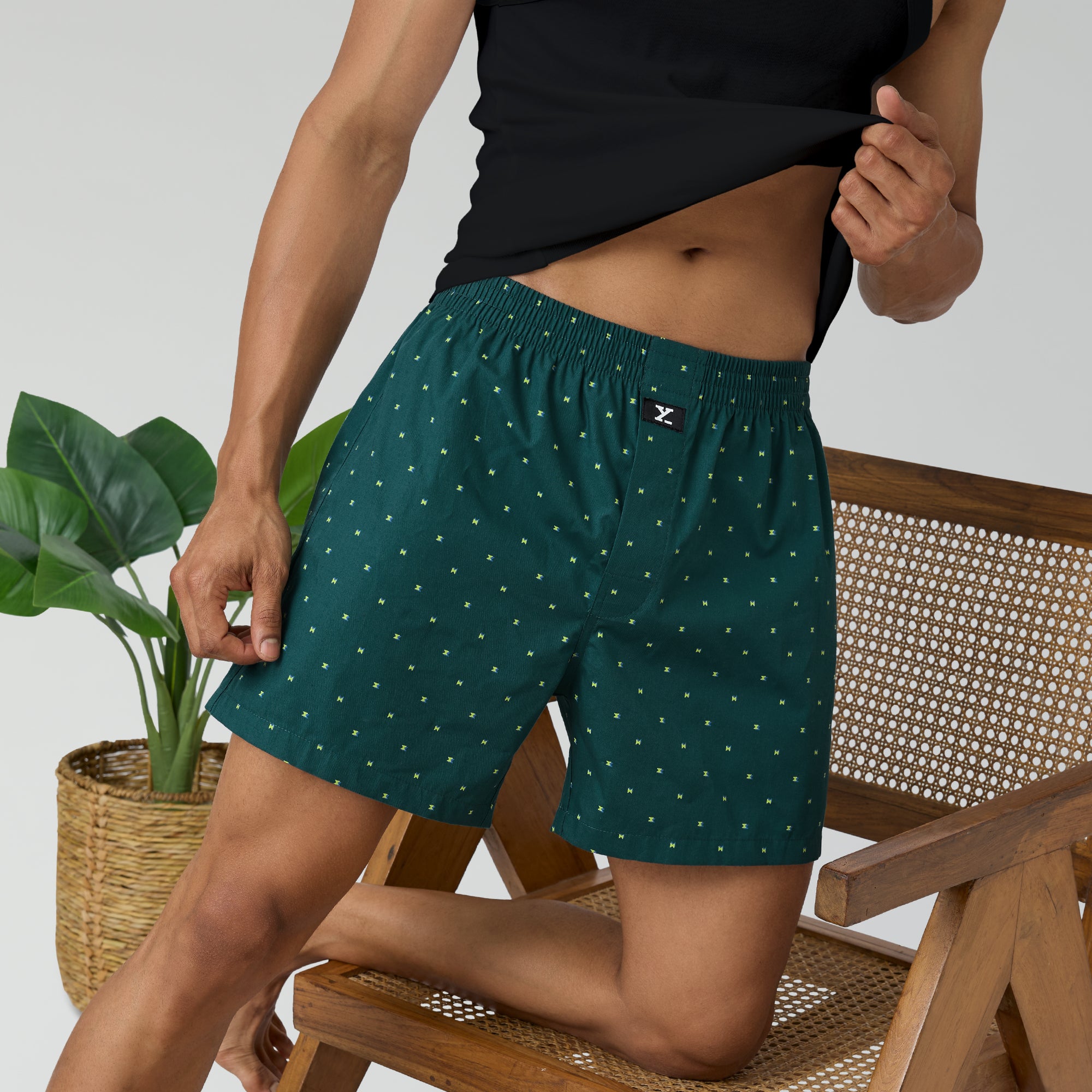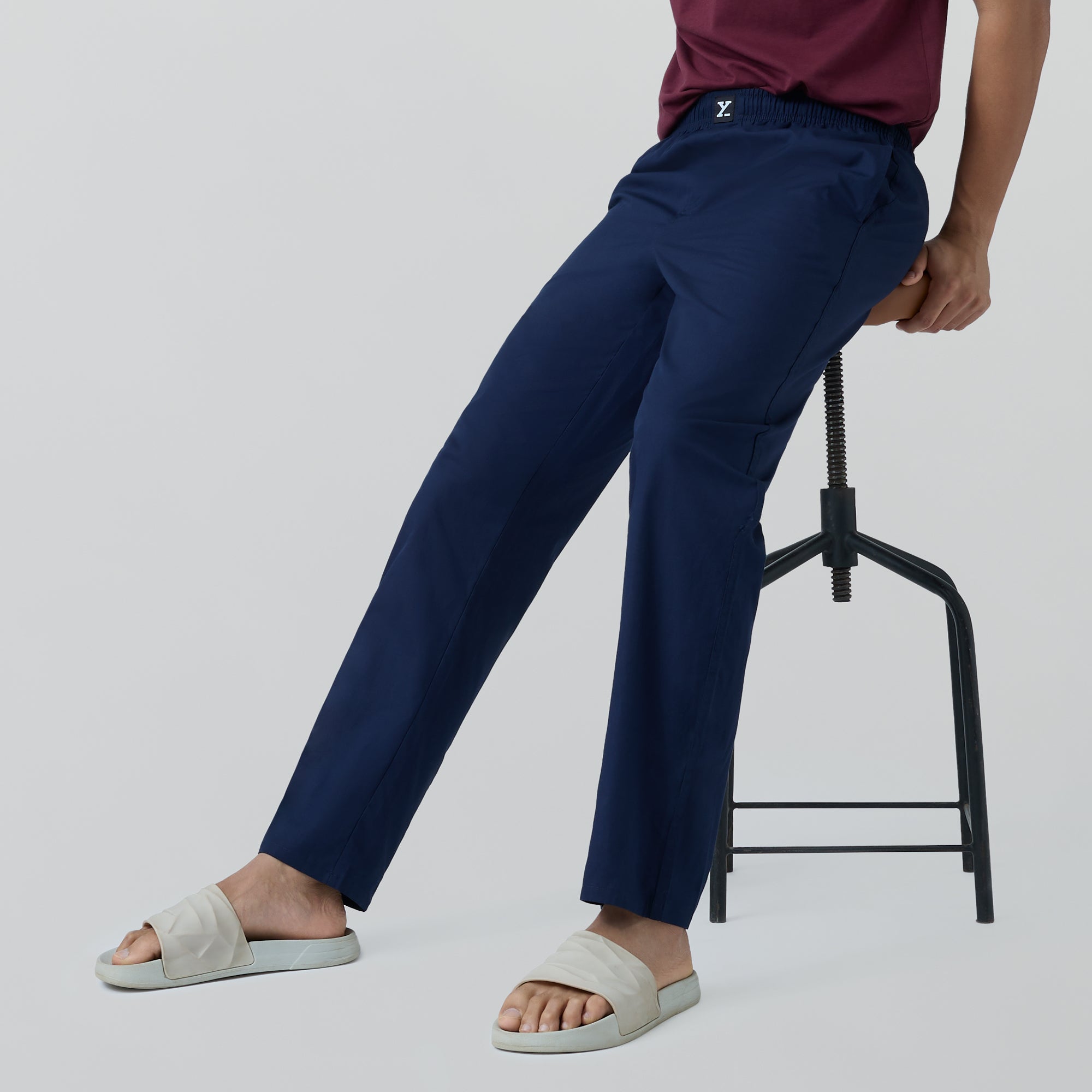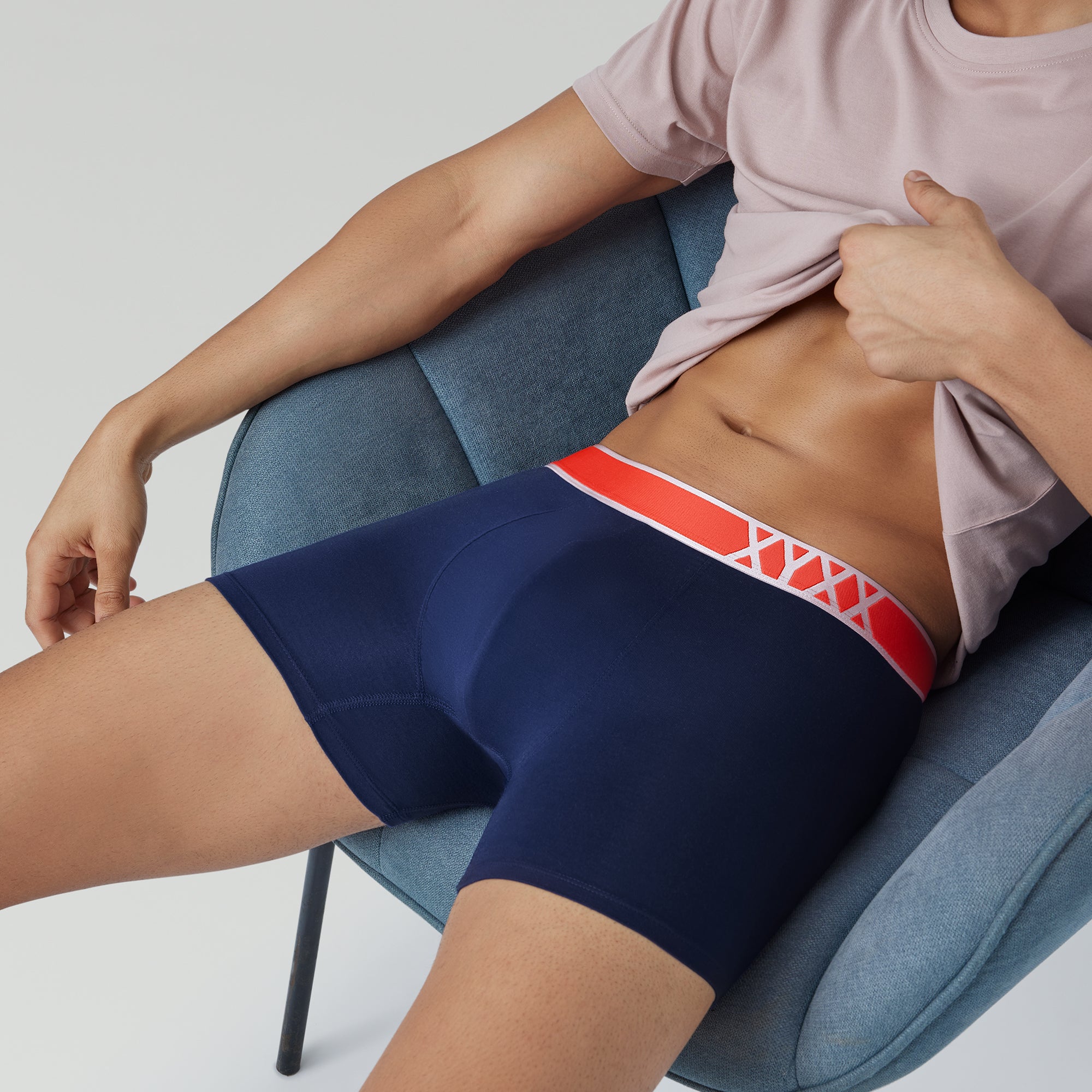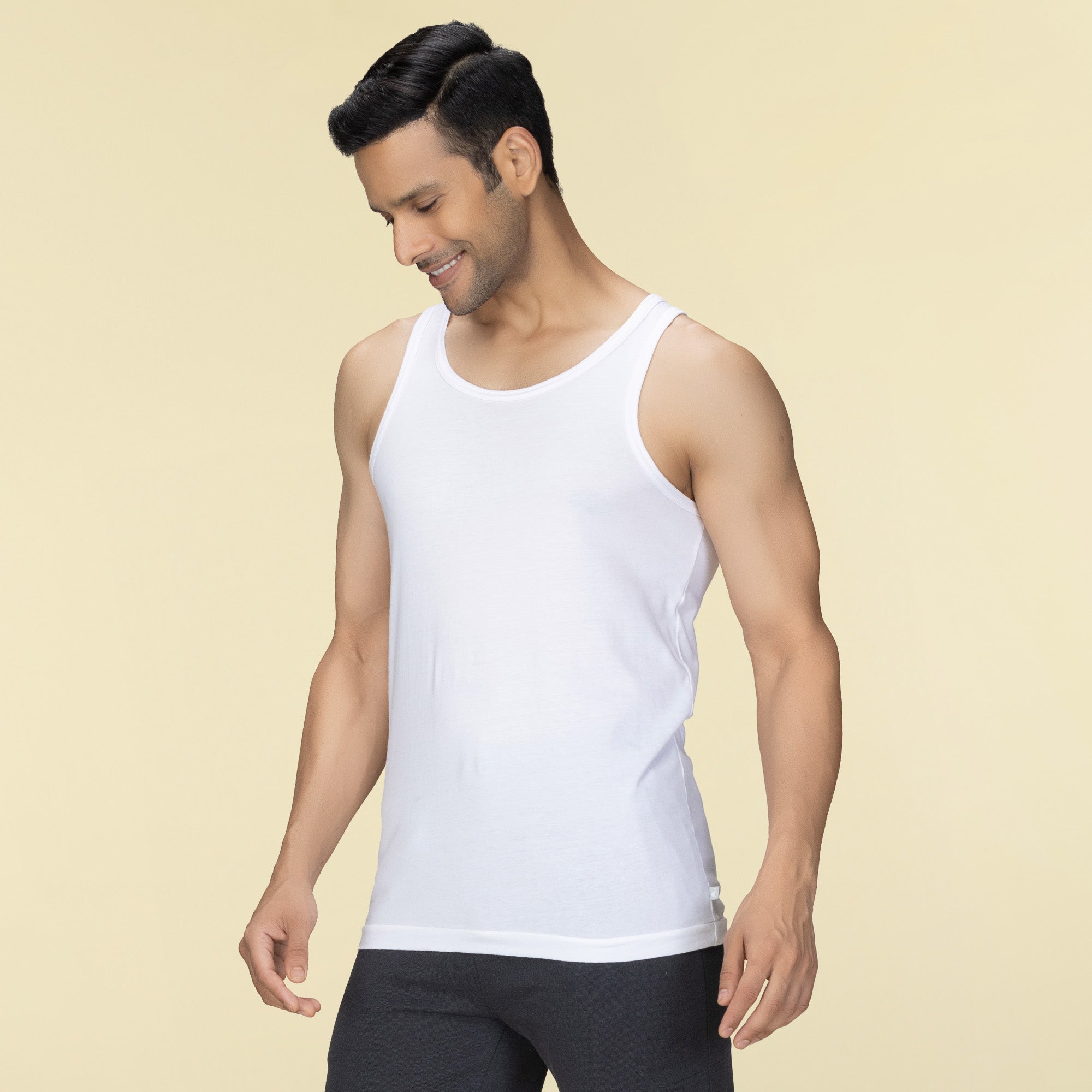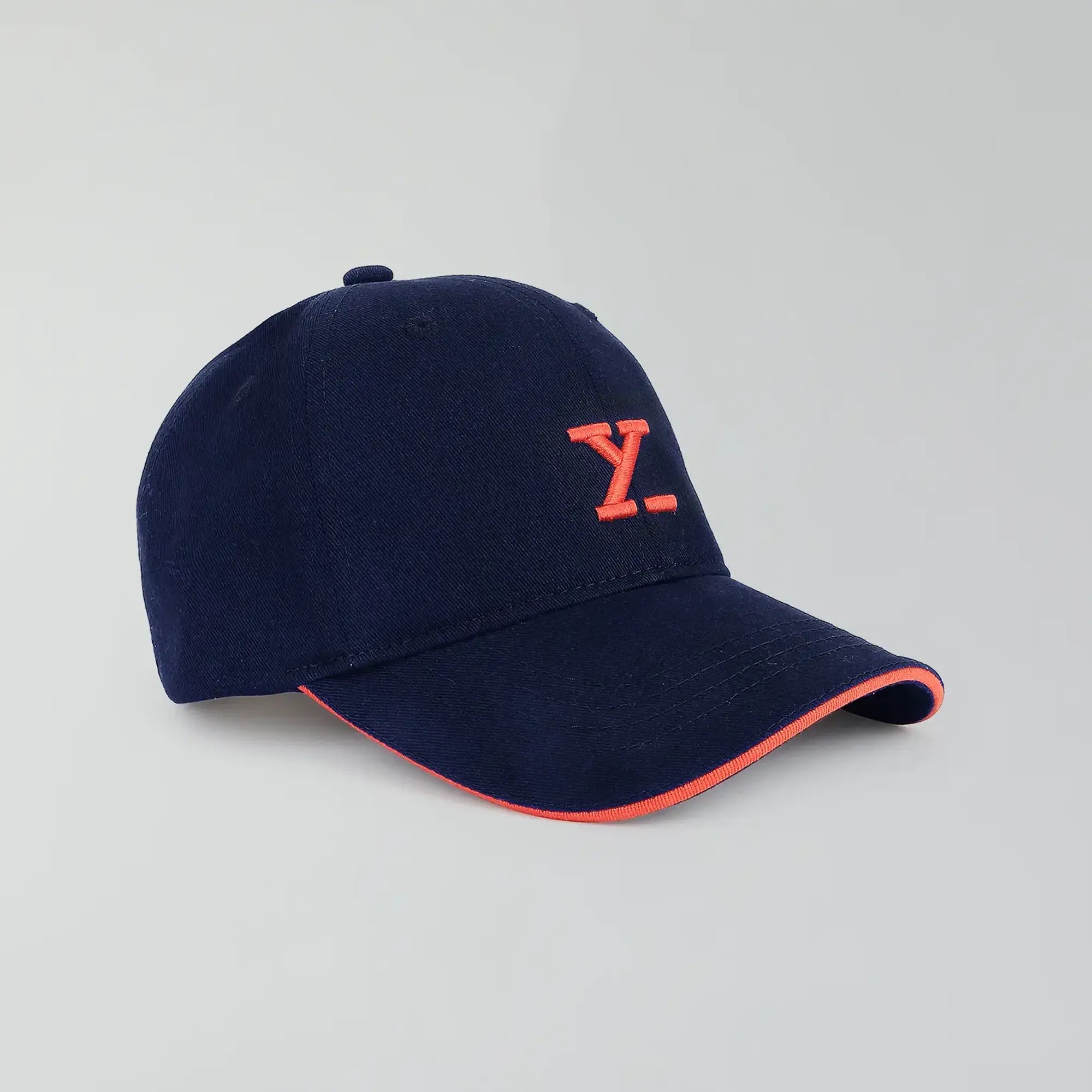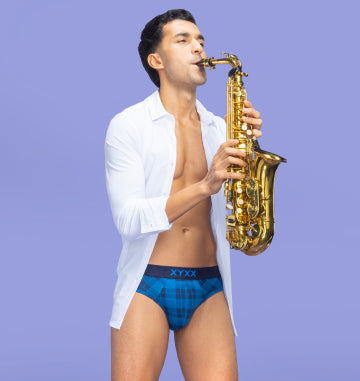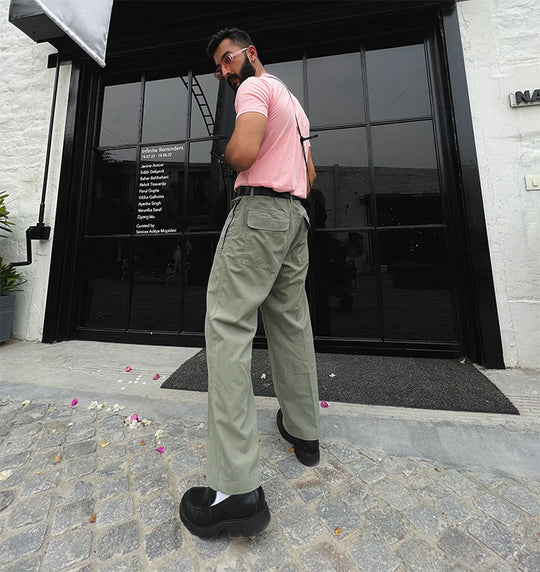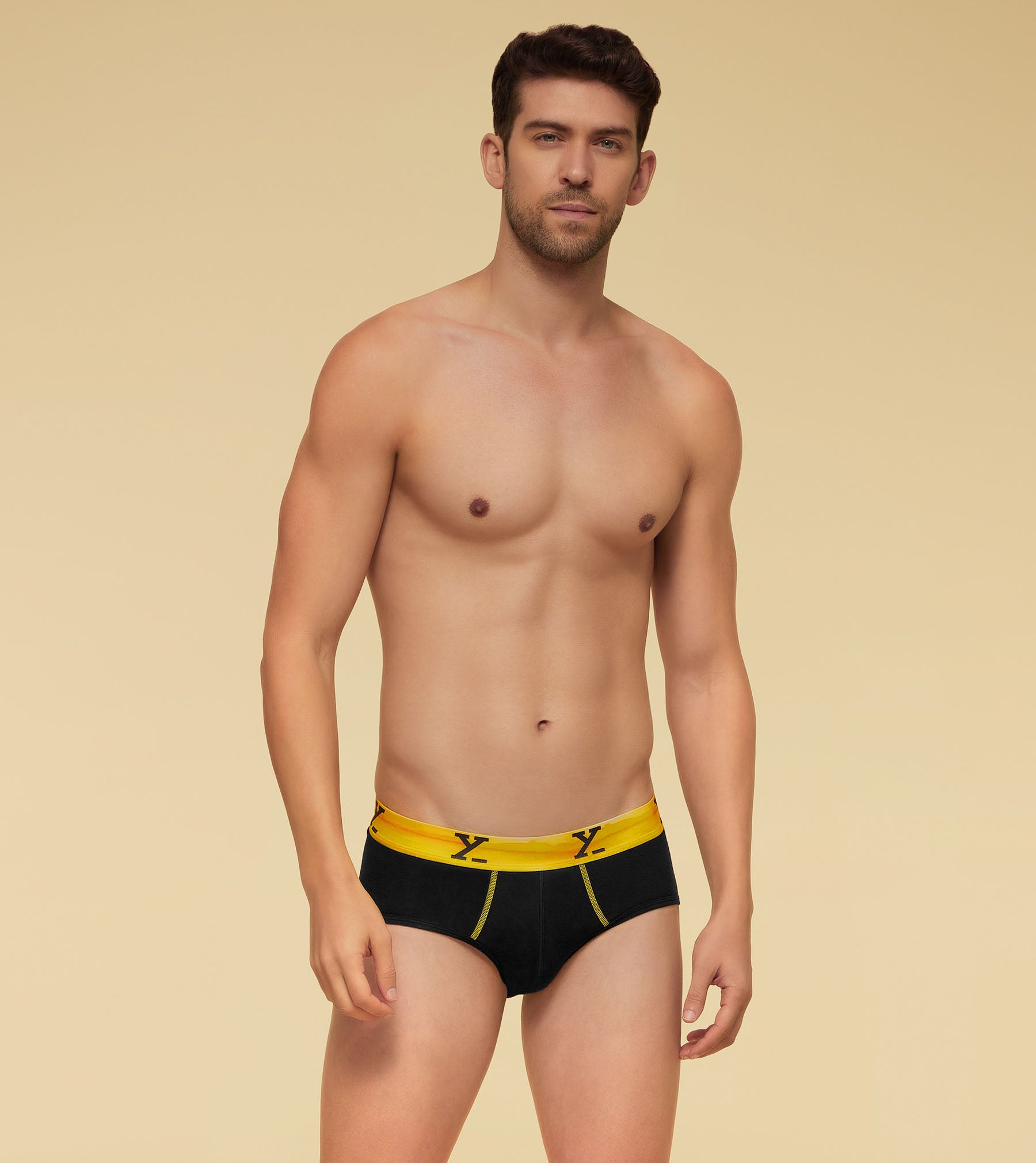

Whether it is to protect our trousers and types of denim from perspiration and other bodily fluids or support the nether regions, underwear is one of the most fundamental clothing requirements in a man’s life. Nowadays, men have a lot of options and types of underwear to choose from but do you know that it took many centuries to perfect the design for men’s underwear? The history of men’s underwear is fascinating and tells us more about each era and their people in detail.
There was a time when underwear was a piece of clothing that was supposed to be unseen by the public eye. But that whole era has changed. People believe men’s underwear has become increasingly visible and public while instigating people to talk about its designs, etc. This is due to the evolution of underwear and the history of advertisements about the same.
From time immemorial, men have worn underwear for multiple reasons like protection, modesty and fashion. There was a time when underwear also was a symbol of societal status and for sexual purposes. But mostly, it was used to protect the nether regions from environmental conditions and skin abrasions. The history of men’s underwear saw a shift from commodity to fashion statement in a span of millennia. As people started becoming civilised with more moral consent, underwear was used largely to keep the nether region hidden from public view. With the evolution of underwear, we have also seen how underwear became an important part of men’s dressing, especially during war. Also, during the Tudor era, we have seen how several clothes, including the type of underwear worn by men beneath an outer layer, were seen as a societal status of a man.
A small piece of men’s clothing also shows us each era's fashion evolution and different characteristics. In Egypt, men used to wear underwear to shape their waist and torso, apart from supporting their genitals to enhance their sexual stances.
But it was quite different 7000 years ago. Now, we are lucky enough to live in an age where men have many options to choose from in fashionable clothing, including underwear. And sometimes, you get them delivered to your footsteps in some clicks. But in earlier times, men were not so fortunate. They had bulky underwear with harsh fabrics on their loin, which would cause skin abrasion, etc. There was some underwear where people used to tie pieces of leather on their genitals, making it challenging to even go to the washroom once a day. It was not before two centuries ago that we got the “Long John” design, which is still a fundamental design of men’s underwear. To truly understand and appreciate today’s men’s underwear, let’s look at the history of men’s underwear and be a part of the evolution.
It All Began With A Loin Cloth
There were many versions of men’s underwear that you can see in the history of men’s underwear. Many types of research and archaeological findings prove that men wore underwear even in 3500 BC. Yes, they were nowhere in today’s design, but the fundamental of the design still remains the same. According to European history, the first male underwear was a vertical loin cloth made of cotton. People in that era used to tie a simple cotton cloth or sometimes leather in the nether region by a drawstring. At that time, it was not about social status but the availability of the fabric. Men who were soldiers used to wear leather pieces. And others; preferred loin cloth made of other simple fabrics.
In 1991, a team of historians and archaeologists found signs of loin cloth on a mummy near Otzi, the Iceman. It is known as the oldest and the first European mummy, which is believed to live in the Copper Age (2800 BC to 3600 BC). Historians and Scientists found that he wore grass cloak-like underwear, which makes us believe that the concept of underwear came into existence with the rise of civilization.
You can also see some traces of loincloths, especially vertical loin cloths, in the statues of men that were created during the Harappan civilization. It also gives us the impression that men’s underwear tells us a story of human nature more than fashion history.
Well, there were many other forms of archaic men’s underwear in that era. Shepherds were known to wear woollen underpants and loincloths till the 15th- 18th century.
King Tut Wore A Loin Cloth
Nobody thought to focus more on the men’s underwear choice of King Tut when they discovered his mummy till 55 years ago. The historians made an important discovery while studying his mummy. And one of them was about King Tut’s choice of underwear. Egyptian King Tutankhamun also lived during the Copper Age. They found small triangular pieces of loincloth of fine cotton fabric tied around his waist with a drawstring covering his genitalia. The end of one of the triangular sides was pulled in the front, covering the nether region more while tucking the remaining cloth into the waist tie.
The Roman Shorts
Between the 1800-1900 AD, the Union Suit was patented in Utica. It was a buttoned-one piece garment with long sleeves and pants. It was extremely comfortable, but because the concept was still sinking in and was new, it garnered a slew of vulgar nicknames. Eventually, American boxer John L. Sullivan made the garment famous, naming them “Long Johns,” which is the name most know them by.
In 1874, C.F. Bennett, while working for a Chicago sporting goods company, made his contribution to men's underwear – the jockstrap, which was designed to serve one well in any high-impact sport.
The Evolution of Briefs and Boxers in the Modern Age (1900-present)
Next came the roman empire period. Historians found that men used to wear fabric diaper-style loincloths during the Medici period. Now, the vertical loincloth and the roman shorts were not much different but the cloth adhered to the body in more intimate ways while resembling today’s shorts. It helped men be more active as this particular piece of clothing gave them more support to their genitalia region while making them more mobile. It helps them during wars, physical altercations, lifestyle changes, etc.
Calf-Length Underwear or Braies
The Roman Empire period played an important role in every niche of the fashion industry’s revolution, including the history of men’s underwear. We saw a major shift in the evolution of men’s underwear. We saw a lot of changes in the particular garment’s styles and inspiration throughout history. As the Roman Empire was slowly gaining its foothold globally, their clothing styles changed accordingly. Many new forms and shapes of underwear slowly emerged in this era. But one of the styles that changed the pathway of men’s underwear was the calf-length, baggy underwear pants, which were also known as Braies.
Many fashion moguls have commented upon Braies, naming them the first proto-yoga pants in the history of men's underwear. These underwear were quite big, baggy and light. Men used to wear them simply because they used to look like normal pants. With time, we saw this particular calf-length underwear becoming tighter and form-fitting, much like today’s hose,yoga pants, and leggings.
Wars and Underwears
During the 10th-14th century, major wars were taking place on all continents of the world. Men needed something more than comfortable. They needed clothing that would protect their genitalia but could be worn under armour. They needed underwear which would help them with physical movements. This period became an important time in the history of men’s underwear.
This slowly gave the emergence of braies into Chausses. Now, chausses were an elite version of Braies which one had to wear with a garter belt. Unlike Braies, Chauses would cover the legs keeping the crotch area open for various other purposes. Later, people would couple various types of codpieces made of leather or wool and attach that with a button or a lace.
Chausses became more popular because of the ease of access they offered when men needed to use the restroom. Yet, with so many knots, ties, and fabrics, staying decent and moral was a fuss and proved to be laborious.
The Renaissance Period of Men’s Underwear
With the Renaissance period's emergence, we saw a major shift in the fashion industry. There was a sudden rise in societal status and thus, affected the whole fashion industry. Men’s underwear didn’t remain unscathed in the men’s underwear revolution. And with this, we saw how codpiece became a fashion statement in men’s underwear evolution. Although codpiece was first invented, it was simply like a flap which later became an inspiration for the flaps that we use in our everyday denim and pantsuits. But in the renaissance period, we saw how codpieces were more than underwear. It was used as an accessory. It started with Henry VIII when he started to pad his genitalia region with codpieces. Well, many historians believed that this was due to his vanity, as he wanted to be seen as sexual prowess. But later on, it was proved that his large spacious codpieces were more than a sign of his virility. He used to keep his medicated bandages for his genitalia region to treat syphilis.
But this did start a trend amongst the men to wear large codpieces with Chausses to emphasize the groin area as a masculinity performance. But many used these huge codpieces for conveniences like storing coins and small items like knives.
Men’s Underwear Divided by Societal Status
With the rise of societal statuses and division, there was an era when fabrics became a sign of nobility. During the Tudor era, there were stringent rules about who was allowed and what kind of fabric to wear according to their classes. And this included men's underwear too. Do you know that The Sumptuary Laws also stated who can wear what kind of underwear, including how to wear them?
This included not only pants but codpieces too. Codpieces which were extravagant were meant only for people of noble classes. These were made with the finest leather and wool. But everyone wore similar Chausses, which were close-fitting, below the knee-length underwear. These were also known as underpants.
Welcome to The Long Johns
After the Renaissance and Tudor periods, the Industrial Revolution changed the whole sphere of every known industry, including the history of men’s underwear. In the evolution of men’s underwear, the industrial revolution played a major role in both terms of design and durability. With the invention of cotton mills, the production of men’s underwear increased by multiple folds. Remember that until the industrial revolution, underwear was made by the wives at home. There was no concept of mass production till then. But with the industrial revolution, the concept of mass production changed the whole game. This period became a turning point in the history of men’s underwear.
In the beginning, it started with the Union Suit designed to resonate with the ongoing struggle of that time in America. It was a long piece of the onesie, knitted jumpsuit style with buttons in the front and waist. To make it more accessible, there were drop-down flaps, like the ones we have in our pants-suits now, in those union suits.
But the union suits were not good for athletes. It is used to limit a person’s mobility. And that’s the reason why in 1830, John L Sullivan, a renowned boxing champion, got his Union Suit split in half. He wanted something which would keep him warm without limiting his movement. Thus, his custom-made union suit became famous, later getting the name, Long John. This particular Men’s underwear became famous in the whole USA, and later globally.
Patents and Jockstraps
In the history of men's underwear, the first brand which ever got a patent in men’s underwear design was The Fruit Of The Loom, founded by Knight Brothers in 1851. They became famous after they introduced men’s underwear made of muslin with fruit prints like apples and mangoes. They became popular and a fashion statement.
Now, even though the fashion of loincloth went out of fashion for millennia, people invented the jockstrap, which was inspired by the loincloth and became a roar in the men’s fashion industry. During the sudden rise of innovation and invention, the jockstrap came as a breath of fresh air in the men’s industry. This happened because of the overlap of the fashion industry with the transportation industry. This particular phase of the history of men’s underwear proved to us how our environment dictated every niche of the fashion industry.
People were suddenly interested in buying bicycles. But the roads were still for horses and pedestrians, which made the conditions of the road miserable. Now, the cobblestone roads would be nothing less than a punishment for men to ride a bicycle. And thus, jockstrap underwear became a rage since it was used to protect the genitalia by keeping them close and inside a pad. This clothing piece in the history of men’s underwear is still an inspiration for modern men’s underwear designs.
All About Colours, Prints, Rayon and Spandex
During World War II, it was said that people were not allowed to wear colour underwear, scared that they might get caught or ambushed by the enemies if and when they would line-dry their clothes. In the meantime, another brand released a new line of men’s underwear named Olive Camouflage. With the invention of Rayon and Spandex, the whole fashion industry took a massive turn, and so did the colours.
After World War II, people became more enthusiastic about colours. So, many companies started introducing Colours in men’s underwear, including prints. With Rayon and spandex, men’s underwear became more popular and comfortable while increasing durability.
We also saw a sudden rise in new designs, including boxer underwear. Brands started to advertise men’s underwear using male models who used to look handsome and muscular and showed signs of virility. With this, we even saw how some brands played well with their advertisement and ensured that Boxer brief became famous globally.
Wrapping Up
Even from the 1980s till date, we have seen how men’s underwear has gone through a revolution. But now, men have access to multiple types of underwear which suits their particular lifestyle needs. Underwears are now specially designed for active lifestyles. It’s not only about fabric but also about protection and comfort.
